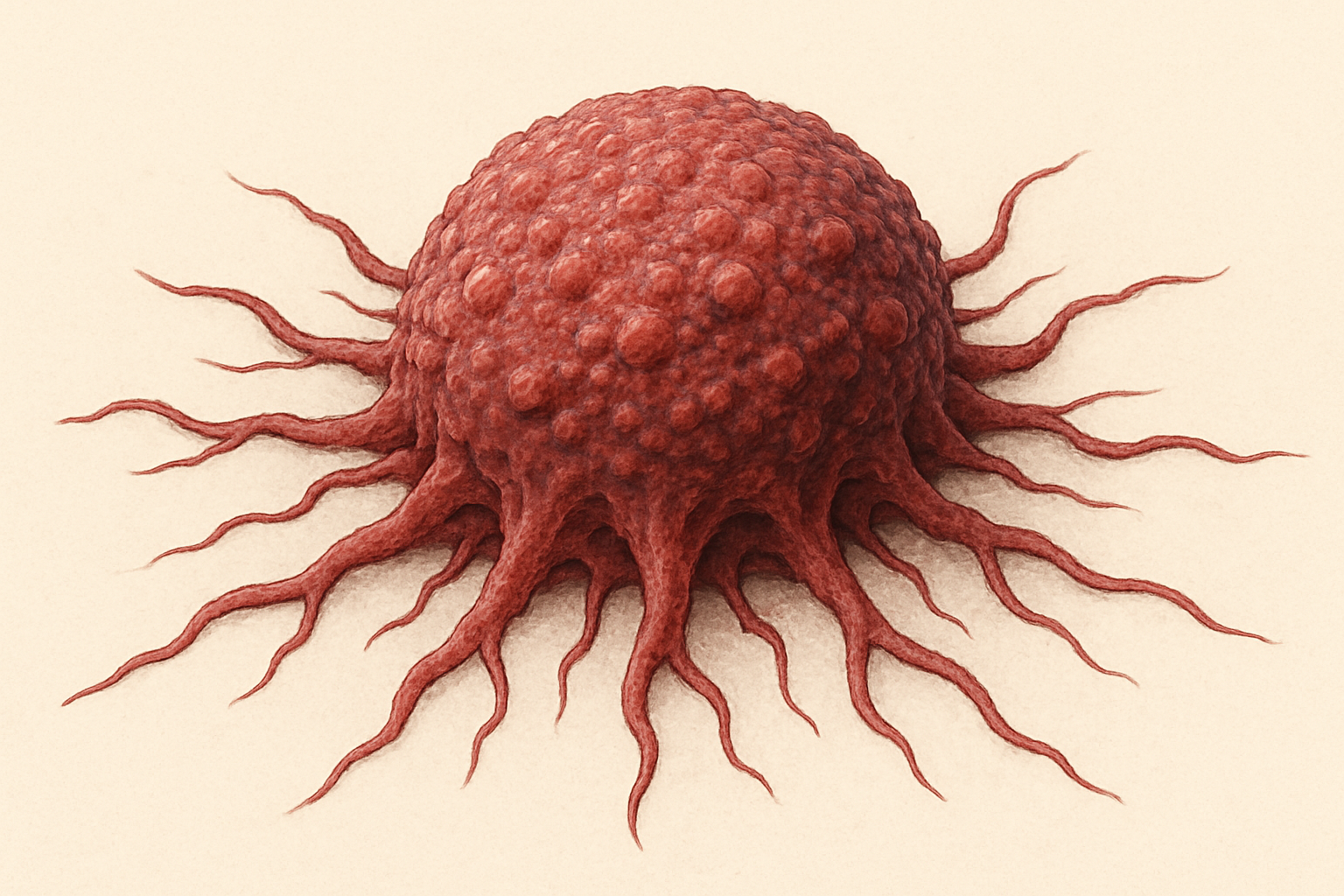A new study bolsters evidence that brain structure and mood disorders are genetically passed from mother to daughter
We often attribute key characteristics to one of our parents: “He gets his athleticism from his father.” “Her quickness to anger—that’s all her mother.” Whether the genetics are actually pulling the strings in these cases is another story. But a growing body of research has suggested that heredity does apply to mood disorders—including depression, which afflicts more than 2.8 million adolescents in the U.S. alone—and that there is compelling evidence hereditary ties are strong between mothers and daughters.
Researchers in a new study of 35 healthy families published in The Journal of Neuroscience this week have found that the brain’s corticolimbic system, responsible for the regulation of emotion—and associated with the manifestation of depressive symptoms—is more likely to be passed down from mother to daughter than from mother to son or father to child. This finding, which supports past evidence from animal research and clinical studies on depression, could provide a better understanding of the role genetics play in mood disorders and other conditions, allowing better identification of at-risk groups and preventive measures. “Our study’s uniqueness,” says lead author Fumiko Hoeft, an associate professor of psychiatry at the University of California, San Francisco, “is that we’re the first one to get the whole family and scan both parents and offspring to look at how similar their brain networks are. We can tell, even though the genetics are more complicated than we originally thought, who we got our eye color from. And we joke about inheriting stubbornness or organization—but we’ve never actually seen that in human brain networks before. [This research] was a proof of impact, of using a new design that has significant potential.”
Hoeft cites Dr. Seuss’s children’s book Horton Hatches the Egg—in which an elephant sits on a bird’s egg in lieu of its actual mother and a hybrid elephant–bird ends up hatching—as a cartoonish example of the inspiration for this research. The forces of both nature and nurture are at play. “What’s relevant is that it shows the profound influence of prenatal impact on offspring, which we often forget,” Hoeft adds. “Prenatal input is considered in the most severe cases, like alcohol and smoking. But it happens in everyone. A mom being stressed has an impact on her child’s outcome.”
The finding is particularly relevant in light of the recommendations issued today by the U.S. Preventive Services Task Force, which include the screening of pregnant women and new mothers for depression. Although this recommendation is primarily a response to concerns about the role of the “nurture” side of the equation, Hoeft seeks to unravel how biology plays its part as well.
Hoeft and her team took MRI brain scans of each family member in the study—all participants were healthy and none had been diagnosed with depression—and examined voxels, or discrete units of volume, in the corticolimbic system. They found that the association between gray matter volume in the amygdala, anterior cingulate cortex, ventromedial prefrontal cortex and hippocampus (all parts of the corticolimbic system) was much greater in mother–daughter pairings than in any other parent–offspring pairing, which, in turn, may suggest a significant female-specific maternal transmission pattern in mood disorders like depression. “These results are truly interesting and exciting,” says Geneviève Piché, a psychologist at the University of Quebec en Outaouais who has studied a different aspect of the intergenerational transmission of depression, particularly the impact of environmental factors such as parental care and punitive behavior. “But we must remain cautious when we interpret these results,” she says. “For one, only 35 families were studied, and these were 35 healthy families. We cannot be certain that these results can be generalized to depressed families, per se. We’ll have to wait for future studies on depressed mothers and see if we get similar results.”
And, as Hoeft notes, whereas the study does show intergenerational transmission patterns, it does not differentiate between the type of influence at hand: genetic, prenatal or postnatal impacts or some combination of the three could be responsible. “It’s not just one factor, it’s an accumulation of many risk factors that play a role or cause a child to develop depressive symptoms,” Piché adds. Hoeft’s team intends to address this limitation in a new study by examining MRI scans of parents and children in families that used different forms of in vitro fertilization.
The current study opens doors for future research as well. Hoeft is particularly excited about potentially applying this study’s design not only to other mental health conditions, such as autism, but also to forming a better understanding of our addiction and reward systems and even our language abilities (differentiating, for instance, between language, an innate ability that has existed throughout human history and presumably embedded in our genetics, and reading, a relatively far newer skill).
“And these results are also interesting from a preventive point of view,” Piché says, “because in the future it may help us identify and target girls that will be at higher risk of disorders like depression, and then be able to possibly prevent the development of depressive symptoms.”




